Coach Paul McGregor has the Dragons marching in the right direction once again.
The Illawarra Steelers peaked as an elite-level rugby league club on an overcast Sydney afternoon in September 1992. Sure, they had won the pre-season Tooheys Challenge Cup that year, besting the Broncos 4-2 in a tryless $200,000-final in Dubbo, but the post-season of Sydney first grade was serious uncharted territory for Graham Murray’s band of underdogs. The pride of Wollongong, having reached the semi-finals for the first time, had drawn the second-placed St George Dragons in the major prelim at the still-new SFS. Your then-teenaged author was part of the 28,000-strong crowd that day and hadn’t seen this much scarlet in one setting since gawking at the lips of Robert Palmer’s raunchy, make-up-heavy back-up singers in Simply Irresistible.
Ahead 12-6 mid-way through the second half, the Steelers began a set inside the Dragons’ 20 following a penalty. St George’s defensive line had proven impenetrable since half-time, but all of a sudden you could throw a doily over them, as they plodded in a group in front of the posts. As if aiming a boomerang through a dozy pack of birds, the Steelers pointed their attack towards these milling, tired Dragons. From dummy-half, hooker Dean Schifilliti threw to charging prop Steve Waddell, who spun and found Michael Neil. On the run, the fire-haired halfback faked to decoy John Cross, before finally selecting rampaging centre Paul McGregor, who steamed through almost untouched, slamming the ball down behind the sticks. His heart could almost be seen bursting with excitement and pride through his BHP Steel-lettered scarlet jersey, his lungs likely half-punctured from the celebratory screaming. McGregor had been on the end of a beautifully orchestrated play; a set piece worked to perfection and the Steelers were on their way to a win in the semis against one of the most famous clubs of all. It was goosebumps stuff that the player to stamp it with ink was a man they called Mary. The pride of the Dapto Canaries. He didn’t know it at the time, but he’d go on to represent his country, and much later would coach a team formed by an amalgamation of the two clubs playing that day. Those footy gods, huh?
By the time he’d exchanged his studs and playing jersey for the runners and fluoro T-shirt of a support staffer, McGregor had clocked up over 120 first-grade games for the Steelers between 1991-98, another 30-odd for the just-formed St George-Illawarra Dragons, as well as 14 Origins for the Blues and six games for Australia. His wasn’t the longest playing career by any stretch, with a shoulder injury plaguing his final seasons (a reconstruction sat him out of 2000 altogether), but as Illawarra Steelers legends go, it is certainly among the most celebrated, with the 192cm, 96kg-in-his-prime wrecking ball earning a spot in the Illawarra Team of the Century in 2011.
Watching McGregor in wide-eyed awe throughout his career was Mark Gasnier, who himself would develop into a world-class centre for St George-Illawarra, the Blues and Australia. Gasnier no-doubt learnt plenty by watching the way McGregor would use his feet and his brain-matter to avoid would-be defenders. “I watched Mary as a kid growing up; he was one of my favourite players,” says the now-Fox Sports NRL commentator. “As a player, without doubt, it was his footwork, his ability to offload, and more importantly his ability to set up his outside men. He was a very unselfish player. When he played for Illawarra he actually played a lot of five-eighth, too; did a lot of good stuff. He was very underrated in defence as well. To be honest, I thought he was the complete package as a centre, particularly for that era. You had Mal, Renouf, these types of guys who were strong or who had a fend. Mary was strong as well, but also had great feet.”
The Illawarra Steelers were accepted into the Sydney competition in December 1980. The region had long been home to one of the strongest rugby league nurseries in the world, producing a plethora of internationals over the years including Bob Fulton, Graeme Langlands and Michael Cronin. Prior to 1980 there had been two unsuccessful bids for a Wollongong-based team to enter the NSWRL competition, in 1954 and 1966. But when the league’s management committee recommended to its general committee that two additional expansion teams be included into the 1982 competition – the Steelers and the Canberra Raiders – the suits finally agreed.
The Steelers’ original logo, which featured a football swirling around the head of a part-spaceman/part-gridiron player, represented not just the region’s footy aspirations, but the pride of an entire district. Back in the early 1980s, WIN Stadium was known as the Wollongong Showground and was often described by locals as the most picturesque rugby league ground in the world, with the “Wollongong Ocean” (thanks Fatty Vautin) gobbling up over-zealous kicks for touch. Nothing will infuriate an Illawarra rugby league purist more than when they hear ignorant outsiders referring to the most successful joint venture in rugby league as merely “St George”. The “Illawarra” wording added to the bottom of the Dragons’ updated emblem is a lot more than just symbolic text: it represents an entire regional league which is still producing sensational young footballers and passionate district clashes week in, week out. (Interestingly, back when rumours of the joint venture with Illawarra began to bear fruit, there were diehard St George disciples protesting against even the addition of “Illawarra” to their famous shield.)
SURVIVING THE CULL
After Super League, a key condition of the “peace deal” that was brokered between News Ltd and the Australian Rugby League was that a plan of club “rationalisation” be put in place, designed to reduce the number of teams to 16 by 1999 and to 14 by the year 2000. To entice the clubs to make the decision themselves over who would be staying and going, the new NRL offered huge financial and other incentives for clubs to form joint ventures. Had each and every Super League and ARL club continued life under the united banner, 23 elite-level rugby league clubs would’ve dotted Australia and New Zealand. Such a high number of franchises would’ve satisfied the expansion ideals of many within the game, but the talent pool simply wasn’t deep enough, and probably still wouldn’t be if the game found itself in a similar situation today. History shows the Dragons and Illawarra got hitched, with the Magpies and Balmain also moving in together. Manly and Norths partnered up, while Perth, Hunter Mariners, South Queensland and Adelaide Rams were disposed of. South Sydney was cut, while the Gold Coast Mk III died conveniently in time for that 14-team 2000 kick-off.
St George and Illawarra officially formed the game’s first joint venture on September 23, 1998. The new Dragons eventually received a funding package worth $11 million, with the added security of a seven-year license, which at a time of such uncertainty must’ve felt like eternal immunity. Gasnier points to the maturity and vision of the joint venture’s newly created board as to how the partnership led to a grand final appearance in its debut 1999 season. “The boards had made that success,” Gasnier beams. “They’re very unselfish in what they do. They have a common goal, they’re flexible and the big thing is, they’re all on the same page about where they want the joint venture to be. Right from the start, there were no egos involved, no hidden agendas; it was all heading in the one direction. Obviously the players bought into that as well.
“In saying all that, what also helped was good timing; a lot of the older players were retiring from the Steelers and Dragons, and then you had the next batch coming through like myself, Jason Ryles, Ben Hornby, Matty Cooper, Luke Bailey; we all hadn’t played for any other first grade team. All we knew was joint venture.
“We made the grand final in 1999; in 2000 we had a hell of a lot of injuries and in 2001 we were only a couple of games off the grand final as well. Don’t get me wrong, we had some great mentors. You’ve only got to look at guys like Mary, Mark Coyne, Nathan Brown, Rod Wishart; all these guys were childhood heroes of the young players coming into the team. We all looked up to those guys. We were lucky they were really good people who drove a good, cultured club.”
YEAR OF THE DRAGON?
Mary McGregor was in camp with the New South Wales State of Origin squad in May last year when the Dragons announced they’d be letting then-coach Steve Price go after “unacceptable” results across the first half of the season. These included 36 and 32-point losses to the Eels and Bulldogs respectively, and 20-point defeats to the Chooks and Bunnies. The Dragons board and their CEO Peter Doust wanted the change to come across as simple for the players as possible, so the 46-year-old assistant coach raced back to base and got to work straight away in an interim role. The finer details, such as whether Mary would continue on as head coach in the future, could be worked out some other time.
Fast forward 12 months and not since their first title as a joint venture in 2010 has St George-Illawarra stood such a good chance of building on the old Dragons' legacy of that famous 11-year run across the 1950s and ’60s. The “Save Our Saints” and “Oust Doust” Twitter hashtags and game-day banners have disappeared (until the club’s next string of losses, presumably), with McGregor patiently mentoring his squad like any veteran NRL coach. To be fair to Mary, he’d gone through a pretty lengthy apprenticeship, having coached Wests Illawarra and the Illawarra Cutters, as well as the Dragons, NSW Blues and NSW Country in strength and conditioning roles. Mark Gasnier has enjoyed watching McGregor slowly indent his unique label upon the Red V since the beginning of his tenure in charge. “I think they’ve forged their own style this year, no doubt,” says Gasnier. “Tactically they’re ahead of the game; they’re really good at identifying a weak individual, a weak edge or a deficiency in the defensive line ... and exposing it. Obviously it helps when you have Mitch Rein, Josh Dugan, Benji Marshall and Gareth Widdop to execute your game plan, but Mary has really written his signature there in regards to his intelligence with set plays. I think he’s leading the way in allowing his halves to be unrestricted in what they do. Since about round six, they’ve really grown an extra leg week in, week out. Particularly against Canberra, and also against South Sydney, the way Widdop and Marshall have played is proof they’re the best in the league as a combination; not being restricted to their left or right sides.”
It’s likely the absence of McGregor’s voice from this story tells us more about the man than his own words could have. The Dragons’ media department apologised profusely via email about Mary’s unavailability for an interview, on the grounds that he is reluctant to take the focus of the team’s achievements away from his players.
The journos’ edict reads that we should be offended by the Mary brush, but he’d be right in claiming that this year’s improvement, even after all of his own mentoring, does indeed belong to the troops in red and white out on the paddock. Gaz agrees: “The biggest difference between this year and last year, by a mile, is that the players have bought into what they want to achieve. What I mean by that is, their attitude towards a lot of the little things that require a lot of effort in league has been exceptional. Hence why their defence is so good.
“There is a group-wide willingness to play for one another. That comes down to managing the team, motivating the team and giving them a clear-cut direction about what their job is. That might sound simple, but it is bloody hard to do, especially over a 26-week-plus period.
“The thing with Mary is, because he’s so thorough and meticulous when it comes to planning and preparing, he’s going to be good at anything he does. He doesn’t like to fail, and definitely gives himself no reason to fail; by that, I mean he prepares, does everything he can in order to succeed. I think this is no more reflective than where the St George-Illawarra Dragons are sitting at the moment on the ladder.”
Mary's reluctance to be highlighted as the reason for that rise up the table represents both an old-school club-before-individual approach to success, as well as a refreshing change to elite league mentorship; in McGregor, you get the sense he's also his players' biggest fan. That he's loving their work. Maybe their peak isn't that far away.
Related Articles
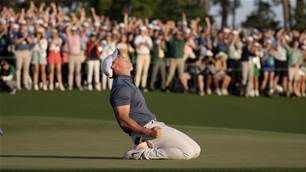
Feature Story: Moving the Needle
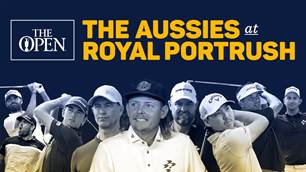
The Aussies at The Open
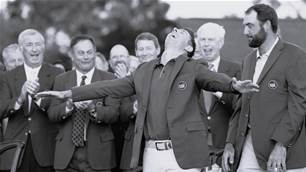

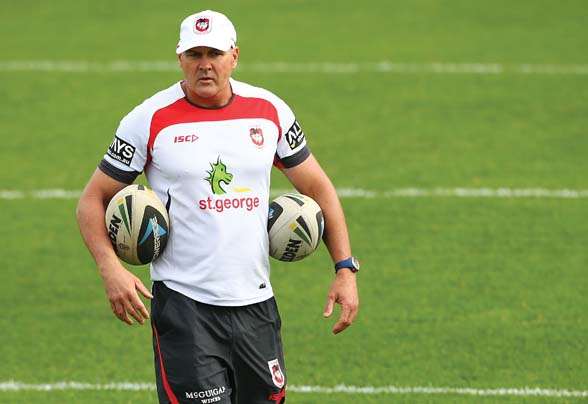
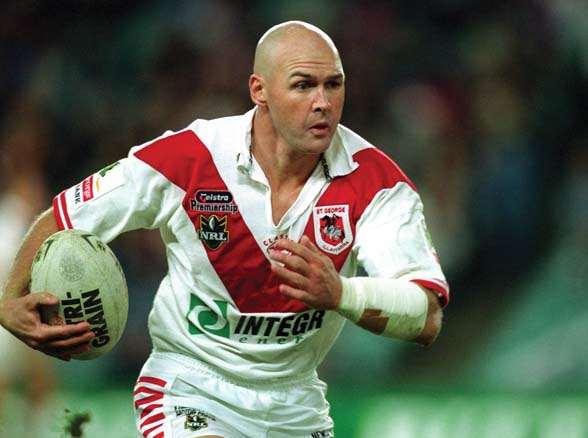
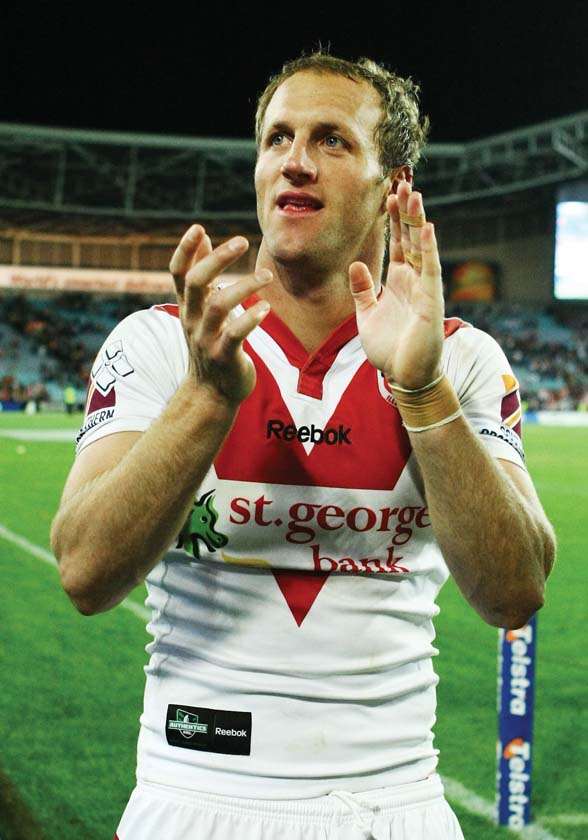
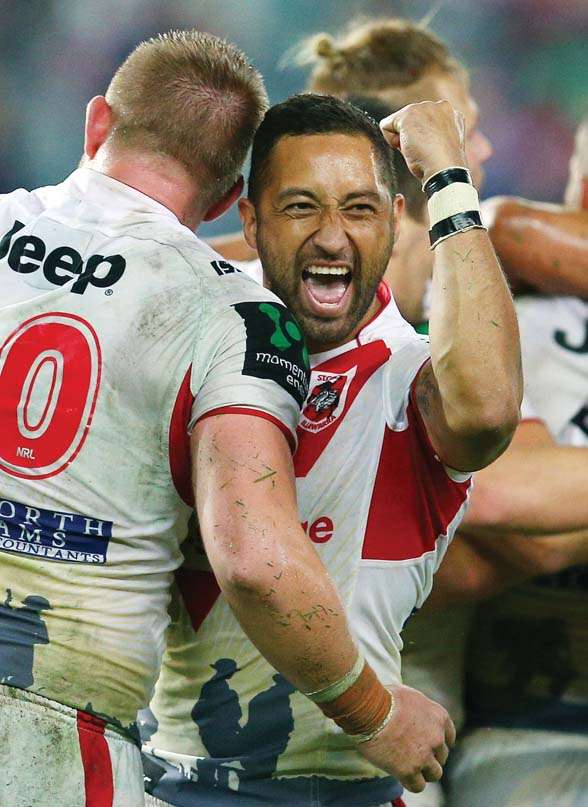
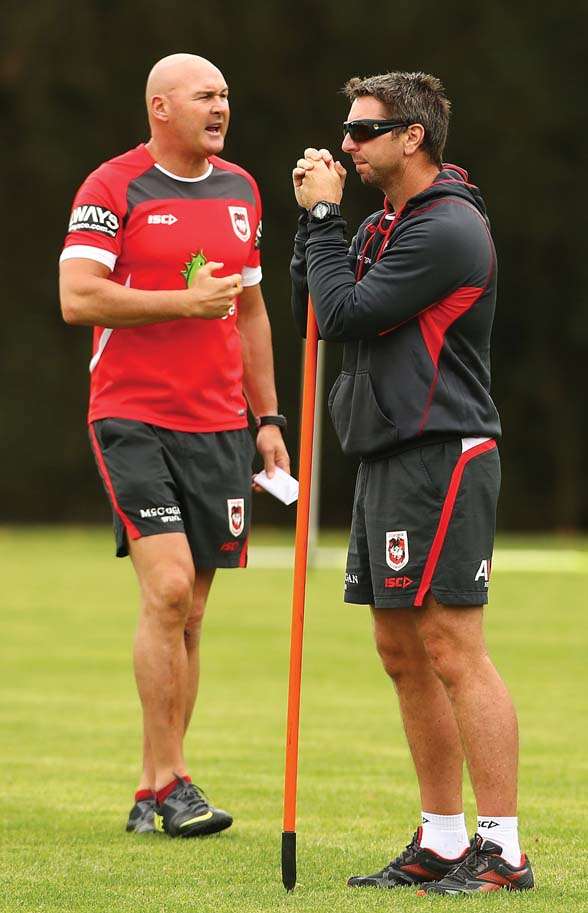
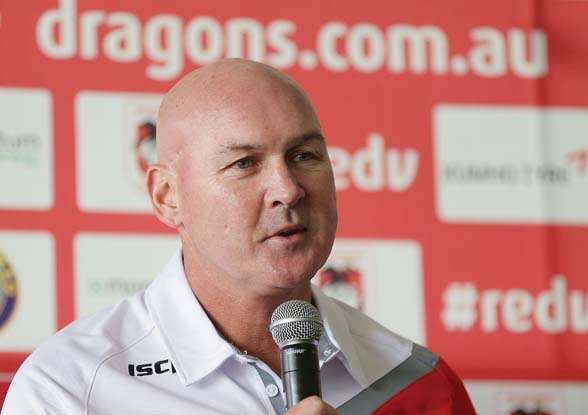
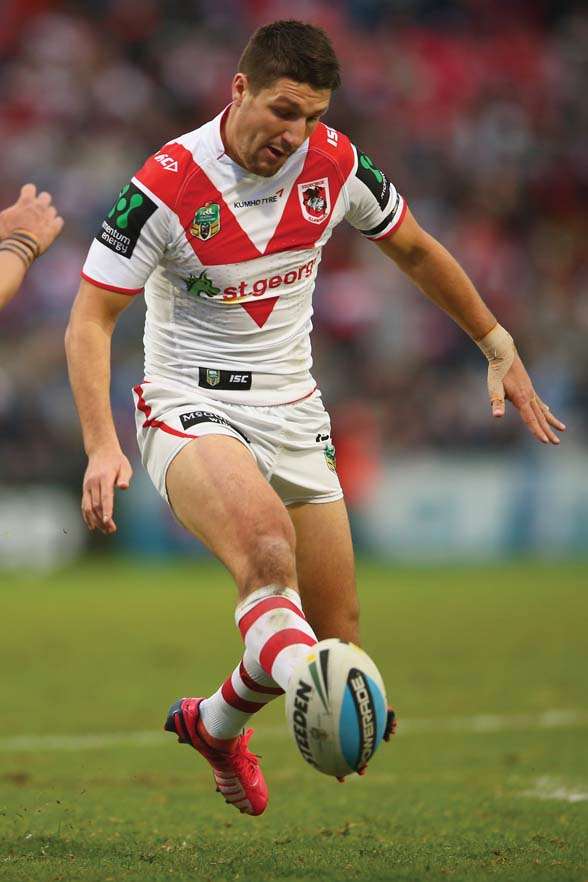
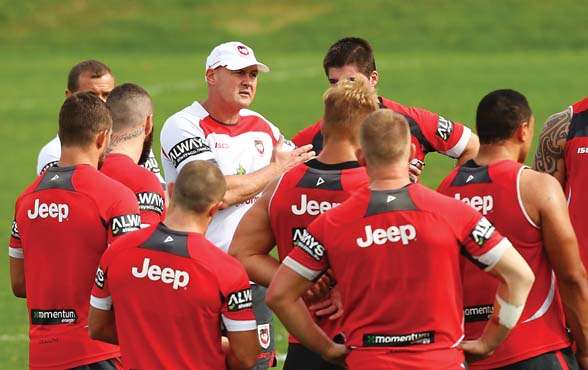
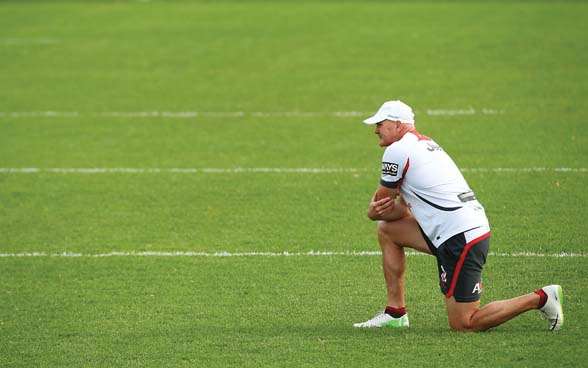

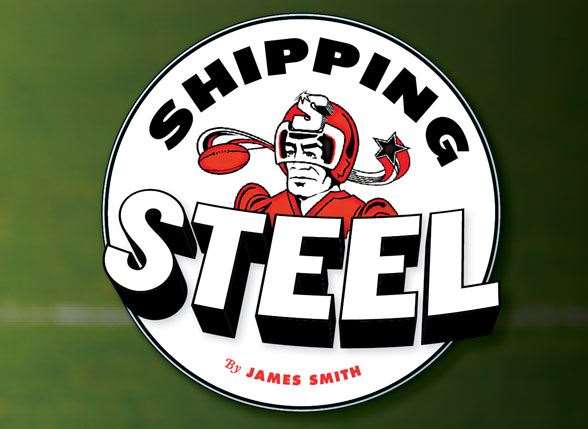
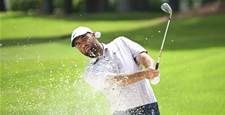
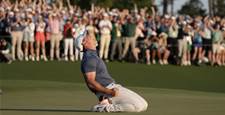
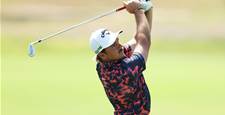

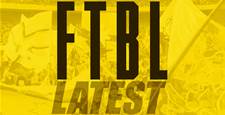

.jpg&h=115&w=225&c=1&s=1)




